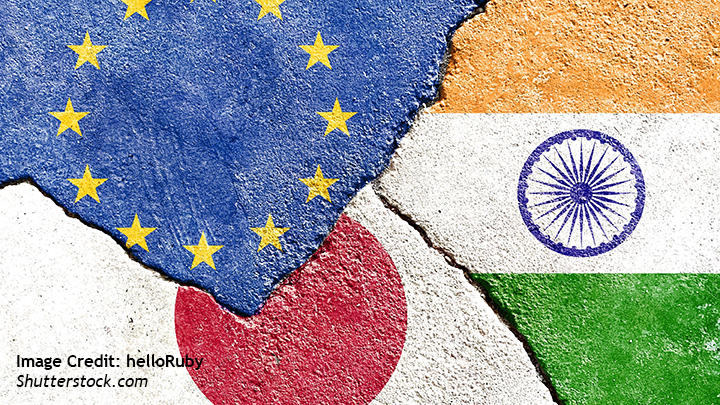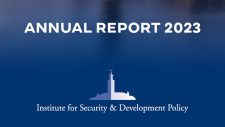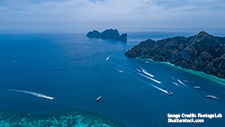In Search of an EU-India-Japan Trilateral

Jagannath Panda
Introduction:
Even before the war in Ukraine, the European Union had been gearing toward an “increasingly competitive strategic environment” by developing its geo-political autonomy to meet Europe’s security responsibility and reduce strategic shrinkage. Post the Ukraine invasion, however, security and defense have assumed greater relevance.
Russia continues to be a permanent adversary in the broader European estimation. However, it is China’s growing global influence that has instilled a new momentum into the EU’s pivot to the Indo-Pacific, the world’s current and future economic and political center of gravity.
The Global Gateway
In 2021, the European Union (EU) solidified its strategic outreach to Asia with the release of the EU Strategy for Cooperation in the Indo-Pacific and the €300 billion Euros ($327.3 USD) trade and investment-centric Global Gateway strategy. This new integrated European approach to the region began in earnest in 2018 with the release of the Indo-Pacific strategies of three of its member-countries ー France, Germany, and the Netherlands in that order ー in quick succession, and the EU strategy on Connecting Europe and Asia.
Notably, these strategies are non-confrontational and focus on cooperation with like-minded regional partners such as India and Japan. They keep intact the centrality of the Association of Southeast Asian Nations (ASEAN). Viewing these partnerships through the lens of strategic autonomy, creating minilateral regional groupings seems an obvious choice.
Related Publications
-
ISDP Annual Report 2023
ISDP’s Annual Report for the year 2023. We look back on 2023, a year in which tensions and conflicts captured the strategic space in ISDP’s focus areas, making headlines around […]
-
South Korea’s Indo-Pacific Strategy, Atmanirbhar Bharat, and the IPEF: Convergence and Commonality
For some time now, the existing multilateral networks such as those of the United Nations (UN) system have been largely ineffective in providing good global governance and helping create resilience, […]
-
Kishida’s New Era Realism in National Security and India Diplomacy
The Ukraine war and double threat from China and North Korea in Japan’s backyard have pushed Tokyo to update national security plans and step up India ties. On December 16, […]
-
Enlarging Indo-Pacific into the Orbit of Euro-Atlantic: Implications for India
Abstract: Following the release of the United States’ Indo-Pacific strategy that called for building bridges between the Indo-Pacific and the Euro-Atlantic, the idea of interlinking the two geopolitical theaters has […]
-
China’s Himalayan Hustle: Revisionism Resistance Must be the Order of the Region
This edited volume brings together papers to highlight the challenges and opportunities in mapping China’s Himalayan hustle. It aims to advance key debates about the importance of this region to […]




